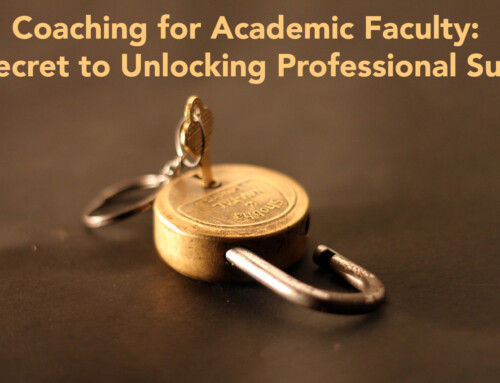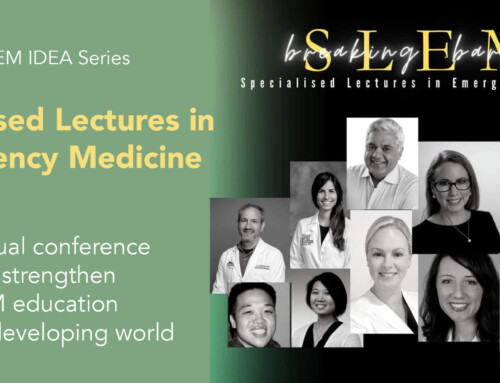Practicing at an academic ED, such as in San Francisco General, I find that I am constantly surrounded by medical students, interns, and residents. Most are working on shift with me, but occasionally I have medical students shadowing me to learn more about the Emergency Medicine specialty.
Have you ever had a person shadow you (excluding your annoying little brother when you were a kid)? It’s actually a little stressful for me, because I want the shift to be a positive learning experience for them. Inevitably, it doesn’t take long before I get immersed in mundane troubleshooting activities (eg. calling to transfer a patient to another facility, coordinating the CT scan priority list, paging the inpatient team for admitting orders).
So starting about a year ago, I created the Visual Aid Project (VAP). The goal of this project is to collect HIPAA-compliant digital photos of interesting clinical images in the Emergency Department. We have so many fascinating findings and iconic images of “life in the ER” that I’ve always regretted not capturing these on camera. Since its inception, I’ve used VAP images for a Clinical Images publication in Annals of EM, various lectures, and now this blog!
What does this have to do with the shadowing student?
I have the student carry my digital SLR camera and a stack of hospital photo consent forms. He/she takes clinical photos, paying special attention to avoid photos of identifying features such as the patient’s face to maintain anonymity. I thus far have over 1000 photos, each paired with a photo of the signed consent form. Since the creation of the VAP database, I’ve had volunteers from our ED Research Associate pool, who are closet photographers, also join me on shift to capture amazing photos for the project.
I regret not having a VAP photographer on shift with me these past 2 days, because I’ve seen:
- Hyphema and subsequent glaucoma from an assault
- Arterial injury to the peroneal artery by shattered glass after falling through a window
- Really impressive pharyngeal exudates from strep throat
- Early Fournier’s gangrene
- Ear abscess
- ST elevation MI on EKG in a 38 y/o male
- A myriad of double- and triple-parked ambulances in front of the ED
Below is a glimpse into the SF General ED through the Visual Aid Project.
Yes, sadly despite President Obama’s push for electronic medical records by 2011, we are still using paper charts. I feel like I spend half my shift always looking for charts! Anyone have a few million dollars to donate to our ED?
Ketamine procedural sedation was crucial to precisely repair a lip laceration.
As the only level-one trauma center in San Francisco, we work closely with the paramedics and EMS system.
Syphilis is making a comeback in San Francisco. Palmar rash seen in a HIV patient with fever and diffuse body rash.
I think I must have take 5-10 people off backboards in an 8 hour shift.
Bedside ultrasounds are an invaluable tool in the ED, especially with central venous line placement, such as for this IJ line that I was doing.
The Visual Aid Project has been a successful ongoing project. The student gets to talk with patients (obtaining photo consent), observes what life is like in EM, sees many interesting procedures and findings, and contributes images to my growing VAP database. It’s a win-win situation.







